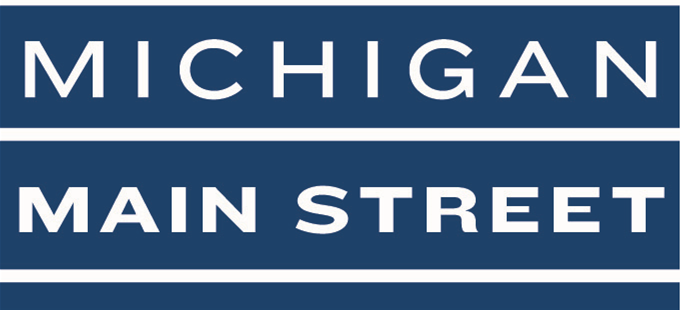STRATEGIES AND IDEAS
EATING AND DRINKING PLACES
Online ordering, curbside pickup and other modifications made to weather the immediate crisis could be just the start of changes that lie ahead.
STRATEGIES AND IDEAS FOR EATING AND DRINKING PLACES
Enhance your customers' comfort level.
- Make liberal use of signs, decals, counter plaques, sandwich boards, etc. to communicate to customers the health and safety measures you are taking to keep employees and customers safe.
- This can tie into an escalated district-wide awareness campaign promoting what businesses are doing to best ensure a clean, safe, and comfortable environment and experience.
Promote social distancing and good hygiene.
- Work to ensure in-store social distancing and good hygiene measures are visible to customers. For example:
- Plexiglass at the checkout counter
- Signage reminding customers to maintain a 6-foot cushion
- Decals or markings on the floor to guide traffic flow and show six feet of separation
- Hand sanitizers at entrances and on counters
- The use of colorful/customized face masks and gloves, etc.
- Even after regulatory social distancing measures and guidelines are eased or rescinded, it’s highly likely that customers will be hesitant, at best, to intermingle or engage with crowds. As a good business practice, be ready to maintain and promote social distancing and good hygiene measures well after guidelines are in force.
Devise a plan for limiting access.
- Develop a plan to limit access to your business to maintain social distancing spacing and gatherings of 10 people or less, or per state or municipal guidelines in force. Like other social distancing measures, consider maintaining practices even after regulatory requirements lapse to enhance your customers’ comfort level.
Reconfigure your space.
- Social distancing practices and the residual effects will likely translate, at least temporarily and possibly longer-term, to a 30% to 50% decrease in seating capacity.
- Develop and execute a plan for table spacing, bar seating, waiting areas and other gathering spaces to adhere to six-foot spacing while social distancing requirements are in place – and even beyond.
- Consider, too, how changes in capacity will translate to adjustments in food and supply ordering and inventory, the number of menu selections offered, staffing, price points, etc.
- Where possible, designate separate entrances and exits (i.e. enter in front, exit in back) so customers aren’t passing each other or coming in close contact when entering and leaving.
Rethink your menu -- the actual menu.
- Laminated menus must be immediately sanitized after each use- preferably in clear view of patrons. Other options might include the use of disposable printed menus, or the increased use of menu boards (static and digital) and mobile menu apps.
Clear tables and package utensils.
- Tables should be cleared of all condiments and other materials, with condiments provided only on request and with containers sanitized just prior to handing them to the customer. Utensils should be sanitized and packaged or sealed in plastic.
- As an option, offer single-serving condiments in disposable containers.
Start with soft openings and VIP events.
- Use VIP special invite events and RSVP limited-attendance soft openings to welcome back customers, experiment with changes, and solicit customer feedback and suggestions.
Continue to ramp-up your online presence.
- A heightened online presence will continue to be important throughout all phases of your own COVID-19 recovery effort – and beyond.
- Looking at how to implement e-commerce? There are many low-cost e-commerce sites readily available including Square, Weebly, Wix, etc. Be sure to check out e-commerce trainings from local Small Business Development Centers and other technical assistance providers.
Adopt reservation, wait list and table-ready apps.
- Given the need to limit the number of people in waiting areas, patrons may be asked – or even required – to wait outside or in vehicles.
- Consider increasing the use of reservations systems, in general, and adopting online and texting-based reservation and table- or food-ready alert apps.
- Make courtesy umbrellas available for patrons’ use while waiting outside in inclement weather, or consider assigning umbrella-toting hosts or hostesses to meet and escort waiting list patrons from vehicles or outdoor areas during inclement weather.
Adapt ordering, delivery and pick-up options.
- Introduce or continue alternative ordering and counter pick-up, curbside pick-up and delivery options (work cooperatively with your municipality to maintain designated curbside pick-up).
- For both pick-up and in-house dining, offer contactless payment options and make certain customers are able to observe servers and staff sanitizing credit card machines, counters, etc.
Explore opportunities to expand your footprint.
- Options might include sidewalk or parklet seating to help offset decreases in indoor seating capacity; and small-group (2 to 4 persons) seating in nearby public parks and spaces for grab & go and delivery menu items.
Take care of your employees.
- Provide appropriate Personal Protection Equipment (PPE) and training for your employees. Be sure to enact sound employee wellness policies as well, such as requiring a temperature check prior to beginning each work shift.
- Invest in a contactless thermometer to administer employee temperature checks.
Assess staffing levels and engage your employees.
- Assess staffing requirements, and salary and wage levels for frontline staff; and continuously involve employees in the planning and implementation of reopening and recovery strategies. They can be your best advocates!
Stay in the information loop.
- Be alert to state and local updates, and plug-in and work collaboratively with fellow businesses and local business organizations (i.e. Main Street, Chamber of Commerce, etc.) and networking groups.
- If your state or municipality has not already released a plan, chances are good a localized version of a reopening plan, similar to this Reopen Alabama Responsibly – Phase One Plan, will be released soon.
Being a new business in downtown Evart, we noticed right away the impact the Main Street program was having on the community. It provides a strategy and focus which in turn brings businesses and the community together in achieving the goal.
Deb Knowles
Owner, Sixth & Main Bar and Grill
Evart, Michigan
STRATEGIES AND IDEAS FOR BUSINESSES
STRATEGIES AND IDEAS FOR COMMUNITY LEADERS AND ORGANIZATIONS

Michigan Main Street is a lead member of the growing Reopen Main Street community.
We've joined forces to help small businesses, community leaders and organizations advance COVID-19 recovery efforts and journey with confidence into a New Reality.





